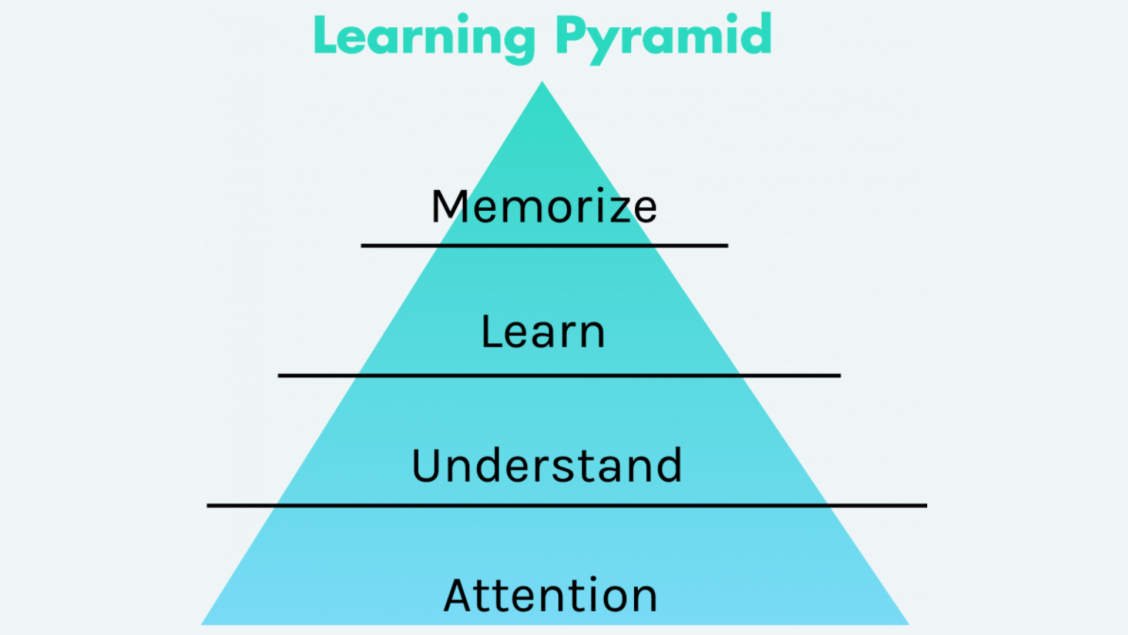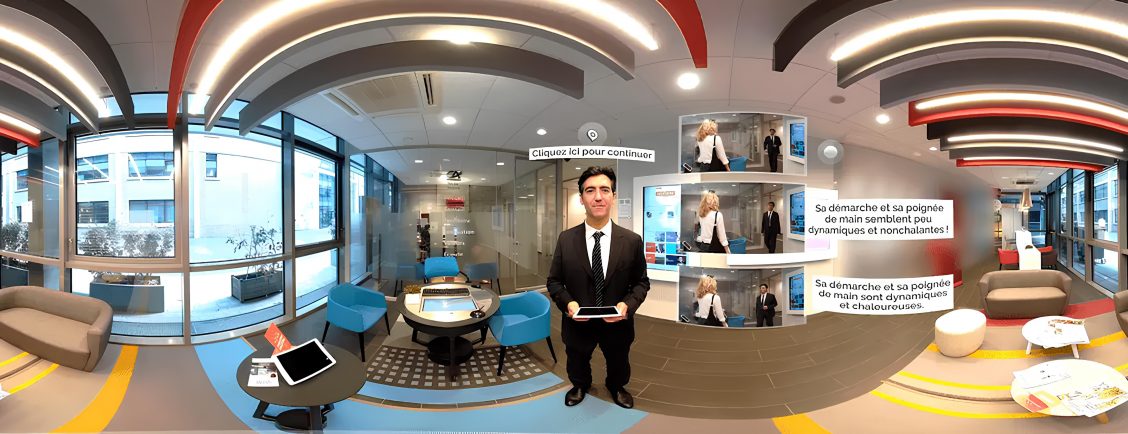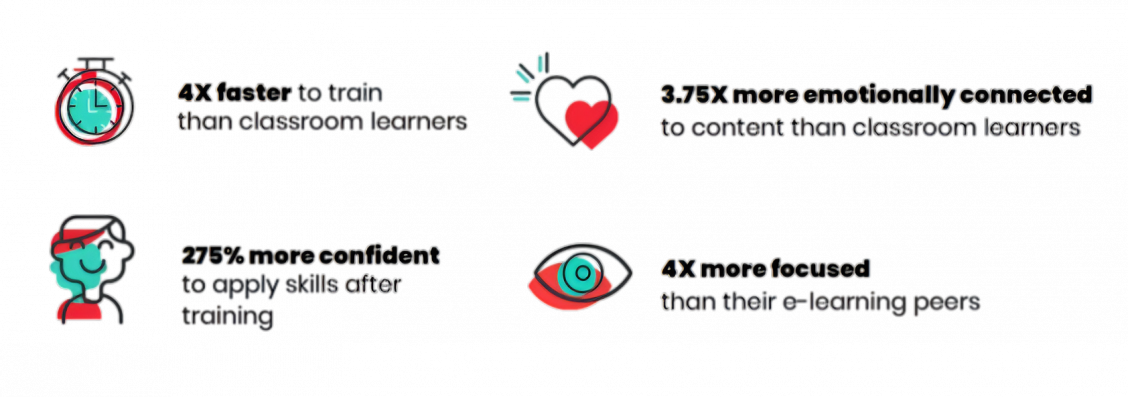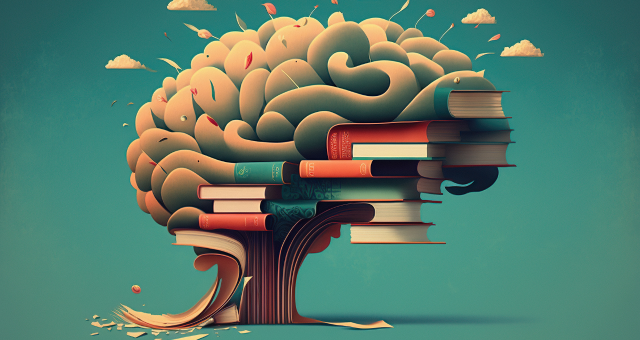The senses, which generate emotions, are at the heart of neuroscience-based learning methods.
Rule #1: To capture your learners’ attention, focus on the senses and emotions.
Note: Emotion arises from sensory perception through our sense organs.
Attention is a valuable commodity in the age of information overload. Our brains are constantly being stimulated (or distracted), making the trainer’s job more challenging. Yet, attention is crucial in learning, as it is the first step towards effective memorization (take a look at the pyramid, we promise it’s not the Deathly Hallows).
Attention impacts both hard skills and soft skills. The quality of attention is predictive of performance and determines the level of well-being. What can be done? Neuroscientist Stanislas Dehaene wrote: “Learning is choosing the model that best explains the data received by the senses.”

To capture attention, you need to play with the senses and emotions. The more senses are stimulated, the more attention you’ll grab from the learner.
Since the brain has highly specialized areas (one region processes images, another handles writing, for example), using multiple senses is highly effective in learning. Humans are primarily visual beings, but the combination of sound and images (such as on television or in video games) creates a nearly “hypnotic” effect on the brain. The more different senses are stimulated, the more activated and effective they become.
Are we losing you with all this theory? How about we move on to practical application (and the solution)?


Antonio Damasio, in Descartes’ Error: Emotion, Reason, and the Human Brain, has demonstrated that cognition and emotions are closely linked. However, not all emotions have the same impact on the brain: some are positive and should be encouraged, while others are not. The example of stress is particularly interesting, as there is a direct link between the level of pressure (challenge) and the quality of attention. A certain level of stress is required to enhance attention, but if it exceeds a certain threshold, it becomes counterproductive.
Here too, Virtual Reality helps achieve this “flow.” It generates a sufficient level of emotion for better memory retention because the environment replicates real-world conditions, creating an illusion for the brain without inducing excessive fear of consequences. Indeed, Virtual Simulation offers an almost infinite “margin for error” where the sometimes intimidating gaze of others does not exist.
Rule #2: To motivate and enhance learning, focus on the senses and emotions.
Learning to Learn and to Relearn



